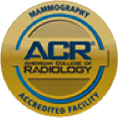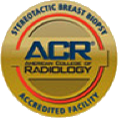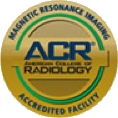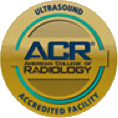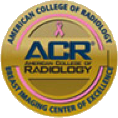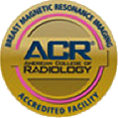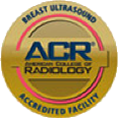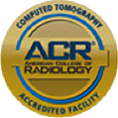Cerebral or carotid angiography allows visualization of the blood vessels in and around the brain, thereby allowing detection of abnormalities such as aneurysms, arteriovenous malformations (AVMs), fistulas (AVFs), and tumors.
Typically a catheter is inserted into a large artery (such as the femoral, brachial, or radial artery) and threaded through the circulatory system to the carotid, vertebral, or subclavian artery, where a contrast agent (dye) is injected. A series of radiographs (x-rays) are taken as the contrast agent spreads through the brain’s arterial and venous systems.
For some applications—in particular when dynamic information is useful or necessary, angiography yields better diagnostic information than other, less invasive methods, such as computed tomography angiography (CTA) and magnetic resonance angiography (MRA).
In addition, cerebral angiography allows certain treatments to be performed immediately. If, for example, the images reveal an aneurysm, platinum coils may be introduced through the catheter already in place and maneuvered to the site of aneurysm.

